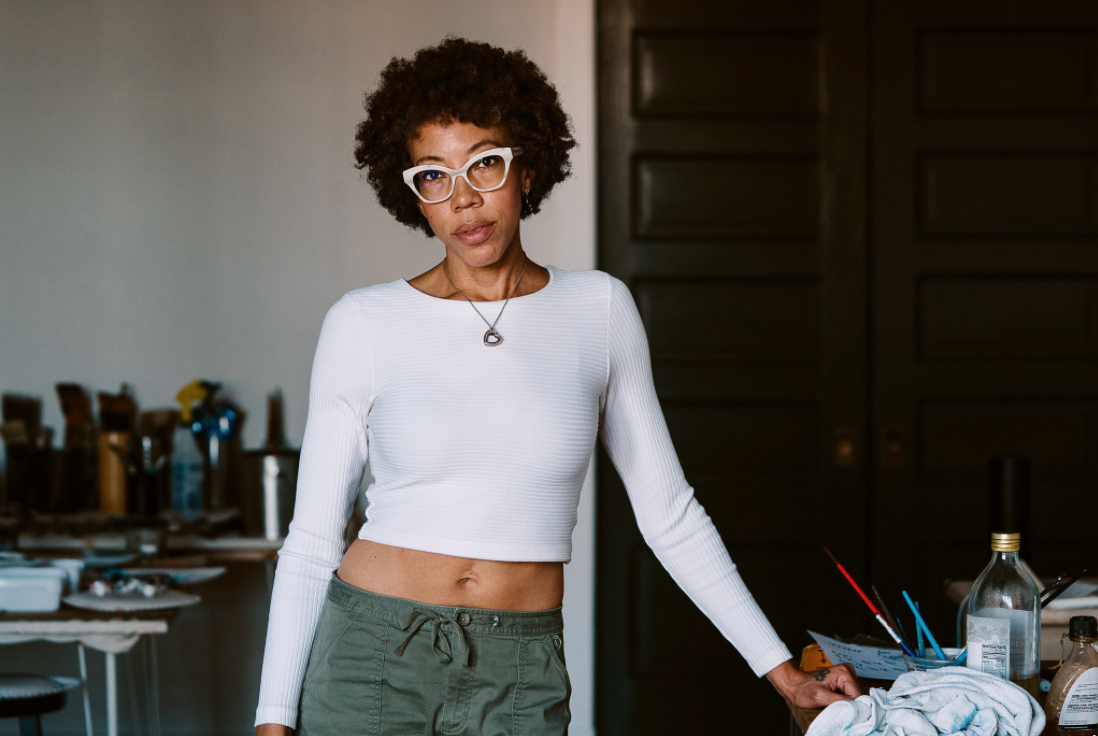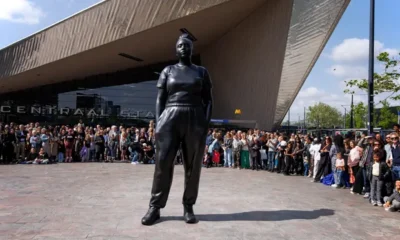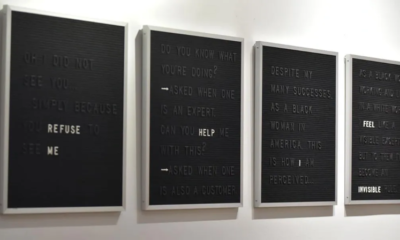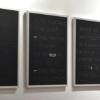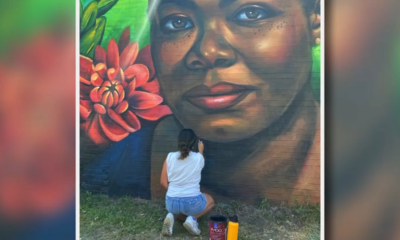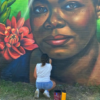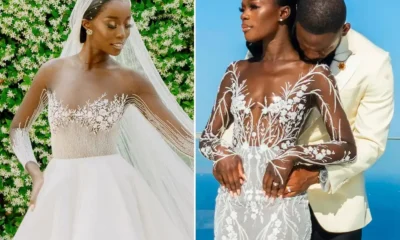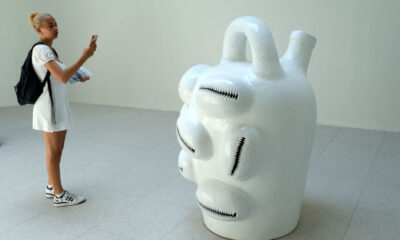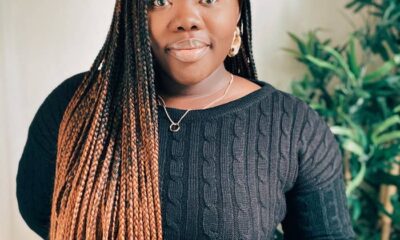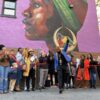Black Women in Arts
The Perfect Woman to Paint Michelle Obama
In 2016, I photographed the writer Diamond Sharp sitting in the grass in a park in Brooklyn. I asked her to close her eyes, take a deep breath and turn her face to the sun. The photograph illuminated a woman in stillness, surrounded by overgrown plants.
Black people are often photographed in cold, concrete settings in cities, as if that is the only environment we inhabit. This portrait was part of a series I shot of young artists of color, set in lush urban parks, that was meant to challenge that narrative.
A professor who critiqued my photographs said the images were not charged up enough. Perhaps she expected the images to say something overtly political. I continue to think about the implications of that comment and the need for blackness to be presented in protest. It is reductive to think that blackness, as it is represented in art, should be only symbolic.
That’s why the selection of Kehinde Wiley and Amy Sherald to paint the portraits of Barack and Michelle Obama for the Smithsonian National Portrait Gallery signals something very important.
Mr. Wiley, who will be painting Mr. Obama, is highly regarded for his vibrant portraits — predominantly of men he meets through street casting — that evoke European old master paintings. Mr. Wiley adapts a historical style of portraiture that was rarely used to celebrate black people, and presents them, in all of their everyday glory, in grand and opulent colors. His paintings are jolting because they imagine a new way of historicizing and visualizing black people.
But the selection of Amy Sherald for Michelle Obama’s portrait is perhaps more significant. It elevates a different kind of nuance in black portraiture, one that is even rarer: Ms. Sherald paints blackness that is quiet, ordinary and individual. What is so startling about her work is that in their subtle poses and at times muted color palette, the subjects are simply people.
Ms. Sherald’s portraits typically feature a single black person who looks directly at the viewer. Her subjects are not positioned in remarkable poses. In one painting, a young girl stands with her arms dangling. In another, a girl blocks the sun from her eyes. The black people in Ms. Sherald’s portraits go fishing, cradle their children and bring balloons to a birthday party. Visualizations of blackness are almost always imbued with political meaning, but Ms. Sherald presents the interior lives of her figures without…
Please read original article- The Perfect Woman to Paint Michelle Obama



